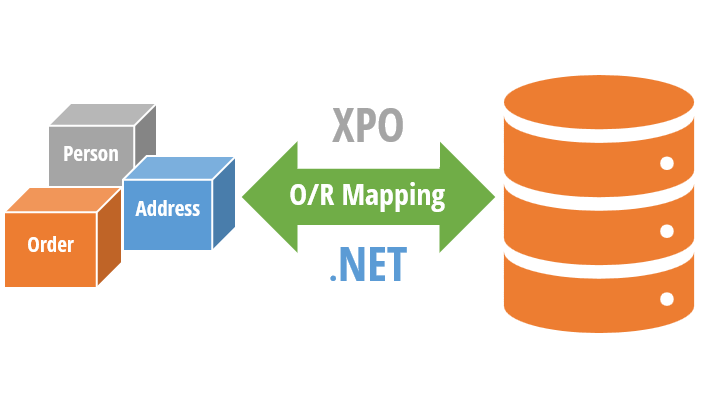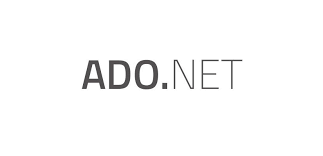
On my GUID, common problems using GUID identifiers
A GUID (Globally Unique Identifier) is a unique reference number used as an identifier in computer systems. GUIDs are usually 128-bit numbers and are created using specific algorithms that are designed to make each GUID unique. Characteristics of GUIDs: Uniqueness:...

XPO, One ORM to rule them all
Let’s do a quick overview of the main features of XPO before we dive into details. XPO (eXpress Persistent Objects) is a full-featured Object-Relational Mapping (ORM) framework developed by DevExpress. It is used to provide a mapping between the relational...

SOLID design pattern and XPO
SOLID is an acronym that stands for five fundamental principles of object-oriented programming and design. These principles were first introduced by Robert C. Martin (also known as Uncle Bob) and have since become a cornerstone of software development best practices....

What is an O.R.M (Object-Relational Mapping)
ORM is a technique for converting data between incompatible type systems using object-oriented programming languages. In the context of database management, an ORM provides a way to interact with a database using objects and methods, rather than writing raw SQL...

ADO The origin of data access in .NET
.NET communicates with a database using ADO.NET, which provides a set of classes and interfaces for accessing and manipulating data stored in a database. ADO.NET supports various database systems, including relational databases and XML databases. ADO.NET uses the...

Relational database systems: the holy grail of data
RDBMS stands for Relational Database Management System. It is a type of database management system that is based on the relational model, which organizes data into tables with rows and columns, and uses relationships between tables to link data together. In an RDBMS,...



